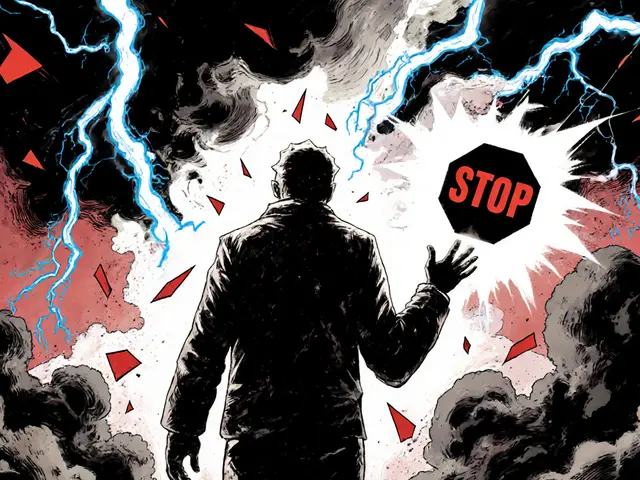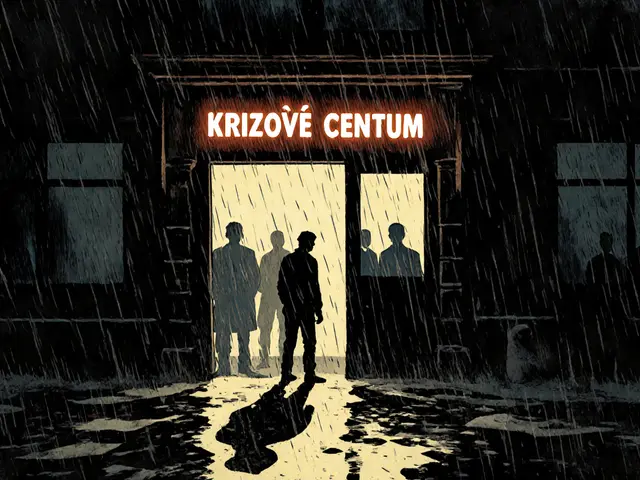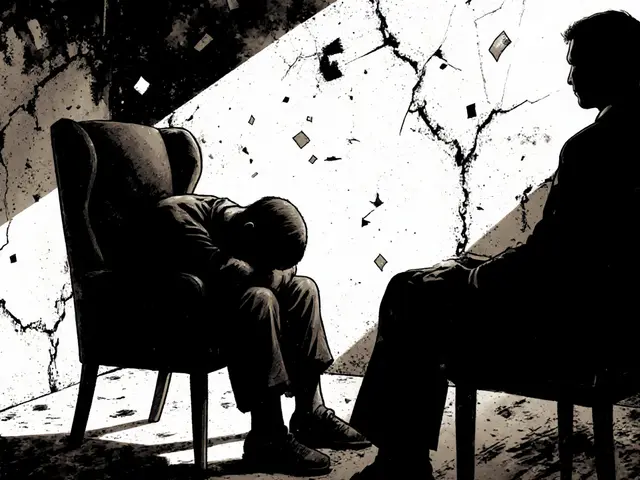Pohyb a psychoterapie: Jak tělo ovlivňuje duševní rovnováhu
When you think about therapy, you probably imagine talking. But your pohyb, fyzická aktivita, která přímo ovlivňuje chemii mozku a náladu. Also known as tělesná aktivita, it is one of the most underused tools in mental health recovery. When you move — whether it’s walking, stretching, dancing, or lifting weights — your brain releases endorphins, serotonin, and dopamine. These aren’t just chemicals. They’re your body’s natural antidepressants. And yes, science backs this up: studies show regular movement can be as effective as medication for mild to moderate depression, without the side effects.
Therapy isn’t just about what happens in your head. It’s also about what happens in your body. People who struggle with anxiety often feel trapped in their thoughts, stuck in a loop of worry. But when you move, you break that loop. Your nervous system shifts from fight-or-flight to rest-and-digest. That’s why many therapists now include movement in treatment plans — not as a bonus, but as a core part of healing. tělo a mysl, nerozlučná dvojice, kde fyzický stav ovlivňuje emocionální stav a naopak. If you’re tense, your mind is tense. If you’re stiff, your thoughts are stiff. Movement helps you reconnect with yourself — not as a patient, but as a living, breathing person.
And it’s not about running marathons. It’s about finding what feels good. For some, it’s a morning walk with no headphones. For others, it’s yoga, swimming, or even cleaning the house with full attention. The goal isn’t to burn calories — it’s to feel present. When you pay attention to your breath, your steps, your muscles, you’re doing a form of mindfulness. That’s why therapists often suggest movement for clients who struggle with traditional talk therapy. Sometimes, you can’t talk your way out of trauma — but you can move your way through it.
fyzická aktivita, každodenní pohyb, který podporuje stabilitu nálady a snižuje stres doesn’t need a gym membership. Ten minutes of stretching after waking up. Taking the stairs instead of the elevator. Dancing in the kitchen while making coffee. These small acts add up. They teach your brain that you’re safe, that you’re in control, that you can change how you feel — not just by thinking, but by doing.
What you’ll find in the posts below aren’t generic fitness tips. They’re real connections between movement and healing — how therapists use motion to help people with anxiety, depression, trauma, and relationship issues. You’ll read about how pacing during a session can reveal hidden emotions, how shaking off tension helps release stored stress, and why even a short walk can reset your entire mood. This isn’t theory. It’s practice. And it works — not because it’s trendy, but because your body remembers what your mind forgets.

Role těla v terapii traumatu: Jak dýchání, pohyb a somatické intervence pomáhají uzdravit nervový systém
Somatická terapie pomáhá uzdravit trauma přes tělo - ne jen myšlenky. Dýchání, pohyb a jemné intervence obnovují nervový systém, který je uvězněn v minulosti. Víte, jak to funguje?
Pokračujte ve čtení








